An exhibition about the influence of left-wing politics on art is currently taking place in the apt venue of Tate Liverpool. Art and politics have always been in constant dialogue, and some key examples in Art Turning Left: How Values Changed Making 1789–2013 don’t bother hiding their agenda behind too much metaphor. One of the star exhibits is one of Jacques-Louis David’s versions of The Death of Marat. This example differs from others David painted in bearing the explicitly sympathetic message “unable to corrupt me, they murdered me” about the demise of the French Revolution radical.
This is not, however, an exhibition of left-wing art in those terms – instead, the effect of socialist values on the production and transmission of art is the focus. David granted the Republican movement permission to use his work in support of the cause and became one of the propaganda painters of the Revolution, reaching a huge audience. In Britain, socialist and designer William Morris’s forthright views on the role of the worker and their right to expect a better lot than was afforded by most Victorian factories was as bold as his famous patterns. More modern exhibits include comprehensive material from Palle Nielsen’s social experiment The Model – A Model for a Qualitative Society from 1968, in which the artist turned a Stockholm museum over to children to observe how a fairer society might look. All things being equal, the exhibition will run until 2 February.
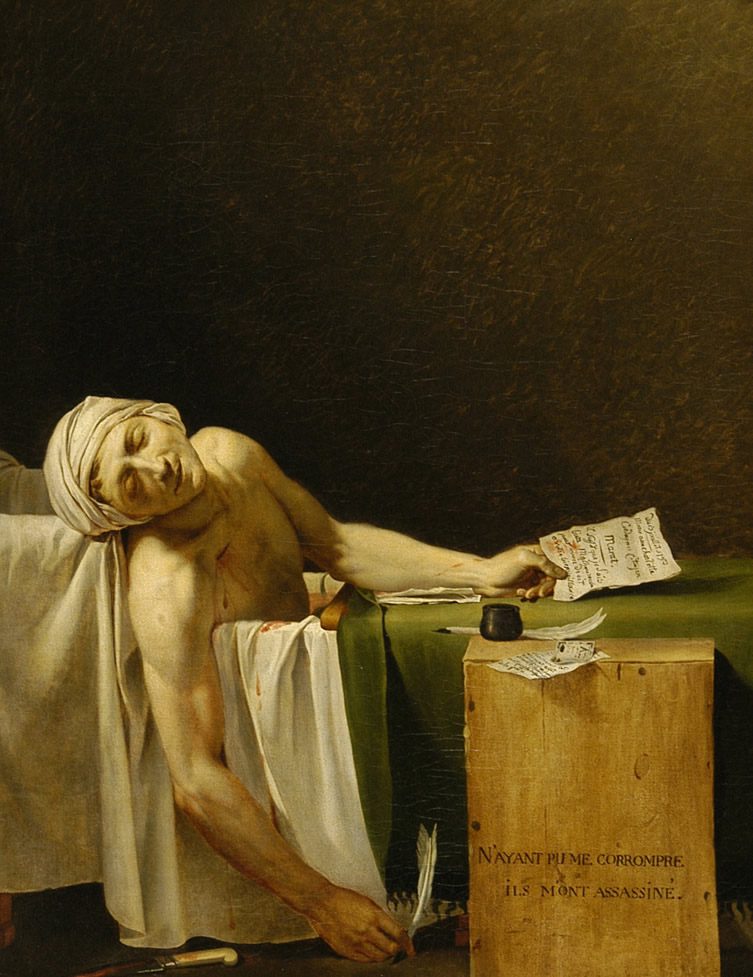
Jaques-Louis David
The Death of Marat 1793
Oil paint on canvas
1113 x 856 mm
Musée des Beaux-arts
© Musée des Beaux – Arts.
Photo: C.Devleeschauwer
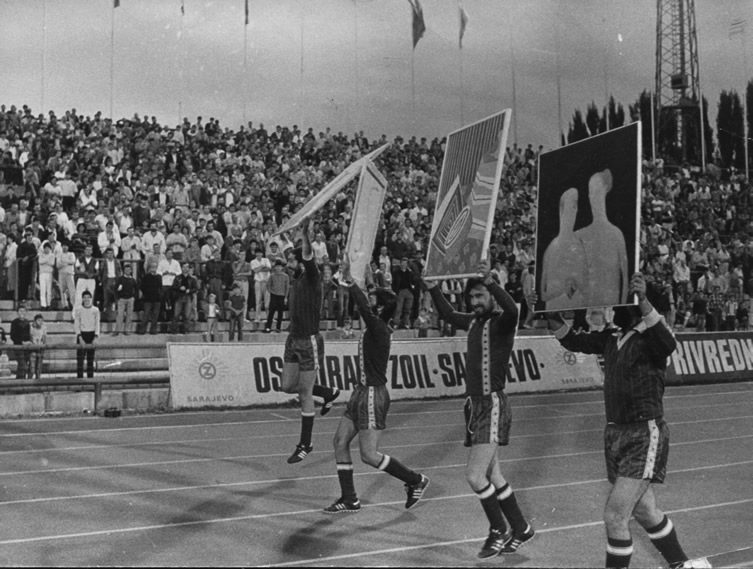
Zvono Group
Art and Soccer 1986
Video of performance
4 minutes, 11 seconds
© ZVONO
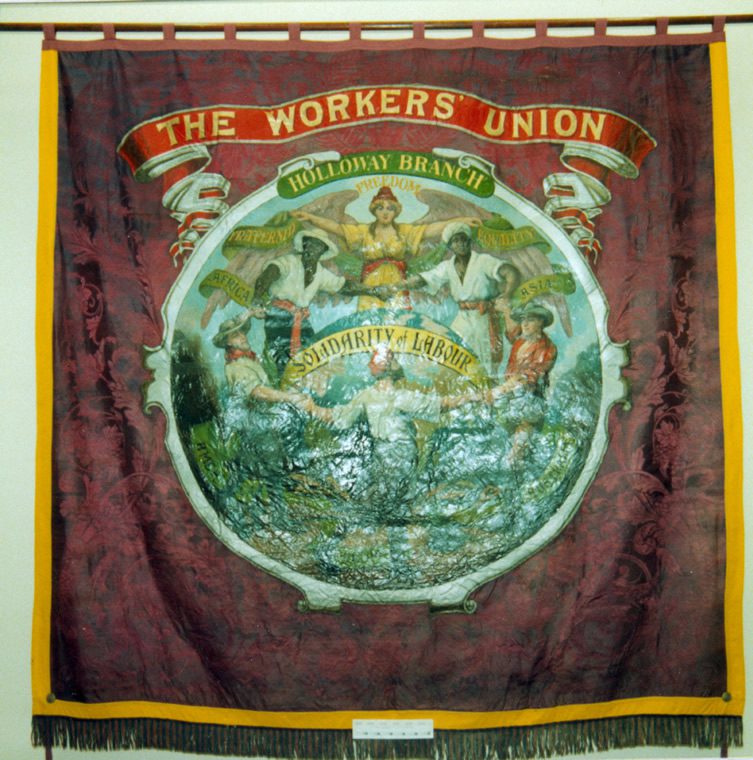
Walter Crane
Banner for The Worker’s Union – Holloway branch
Solidarity of Labour c. 1898
Single layer silk fabric banner.
Ground of crimson and purple jacquard woven silk.
Replacement borders of yellow polyester rep.
Oil painted images on each side.
3074 x 2927 mm
People’s History Museum
By Permission of People’s History Museum.
Photo © People’s History Museum
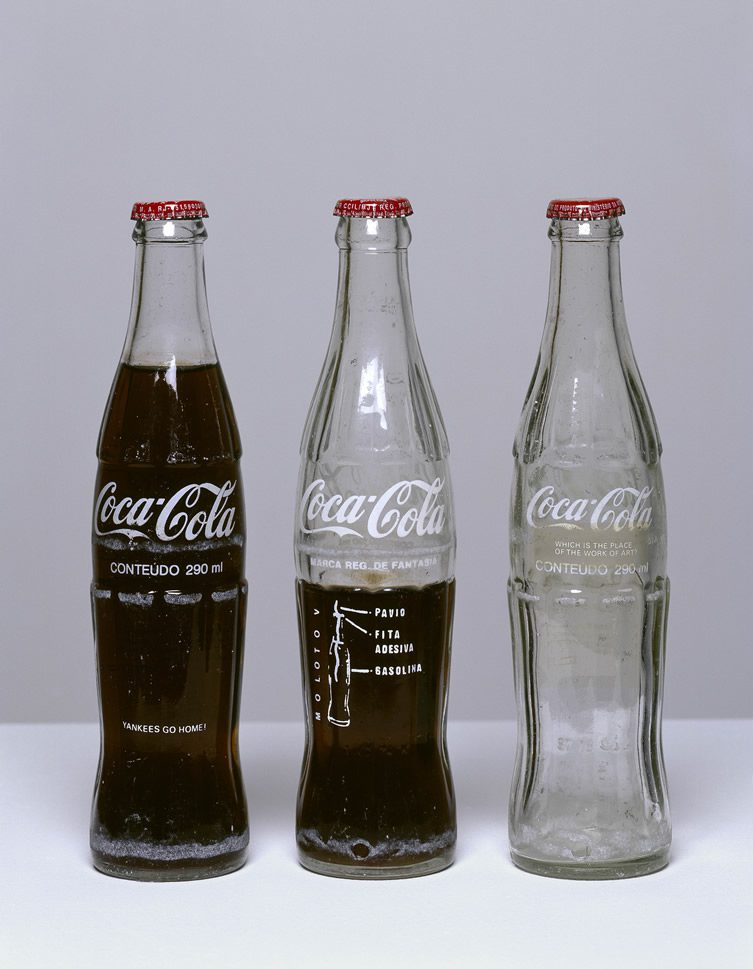
Cildo Miereles
Insertions into Ideological Circuits:
Coca-Cola Project 1970
3 glass bottles, 3 metal caps,
liquid and adhesive labels with text
Sculpture
Object, each: 250 x 60 x 60mm
© Cildo Meireles.
Image courtesy Tate.
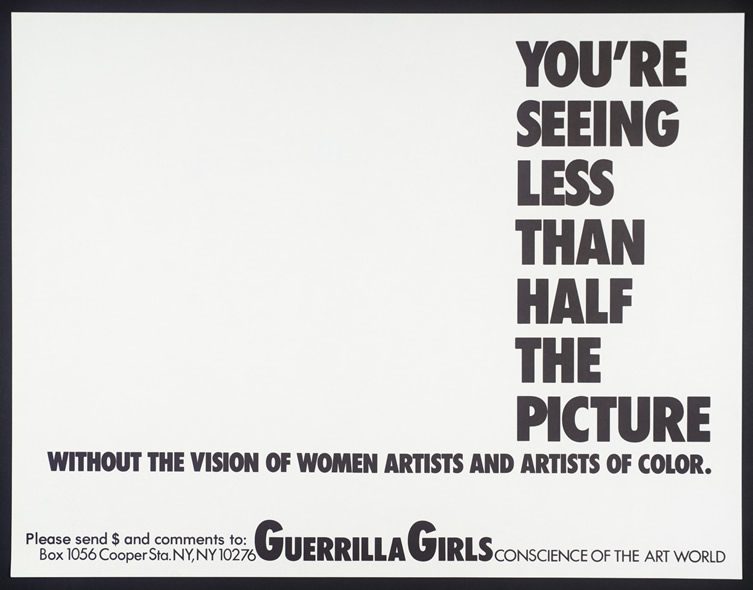
Guerrilla Girls
[No Title] 1985-90
Screenprint on Paper, print
430x560mm
© courtesy www.guerrillagirls.com.
Image courtesy Tate.
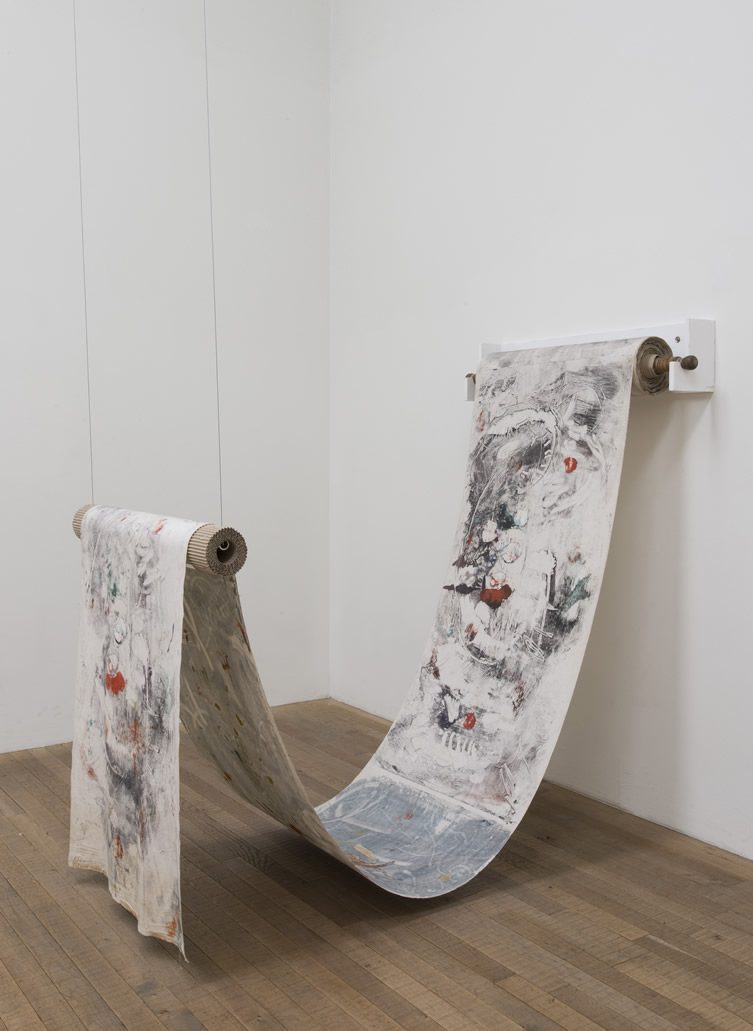
Pinot Gallizio
Industrial Painting 1958
Monoprinted oil and acrylic paint
typographic ink on canvas
Displayed dimensions variable
© Courtesy Archivio Gallizio Torino.
Image courtesy Tate.








